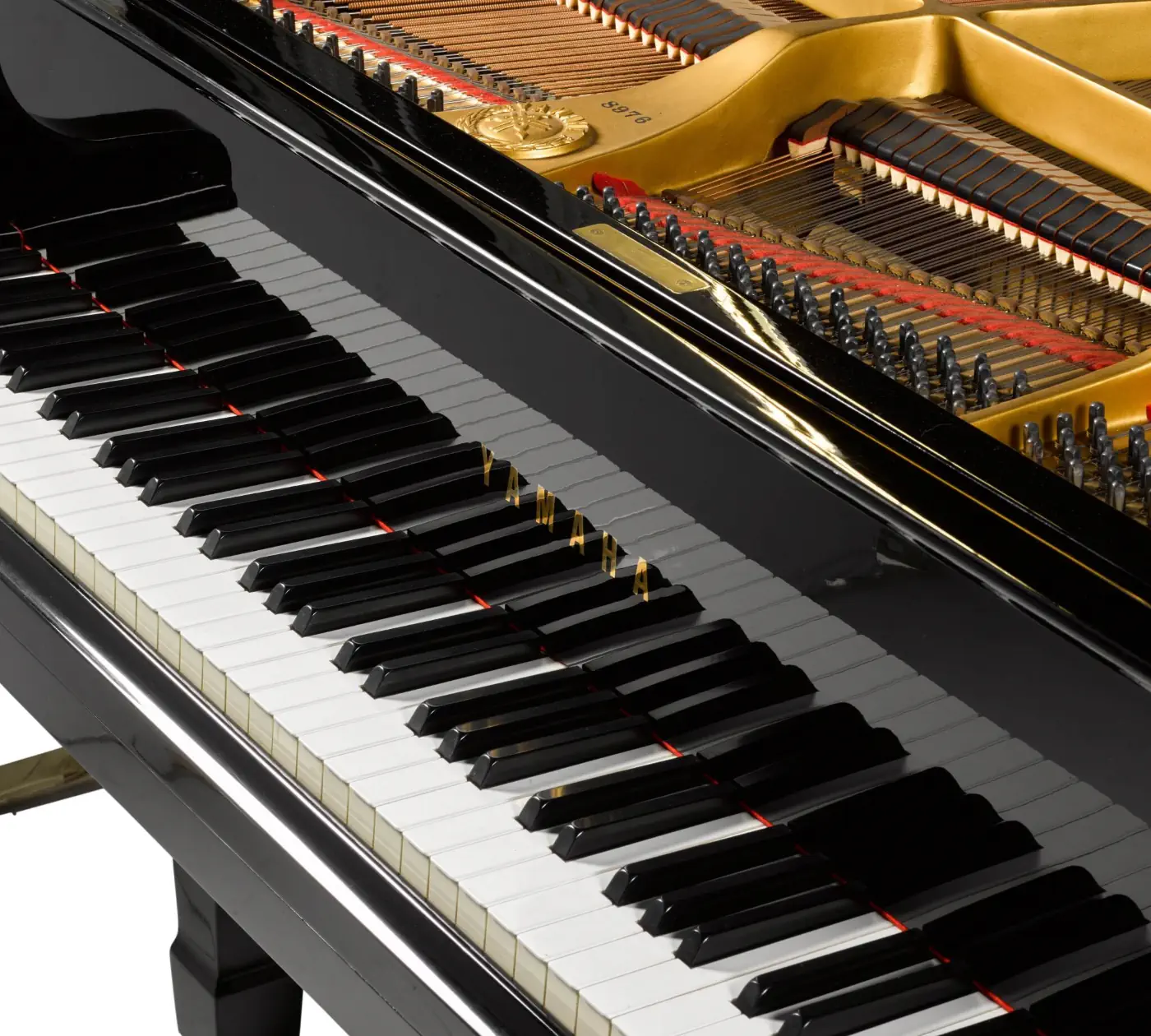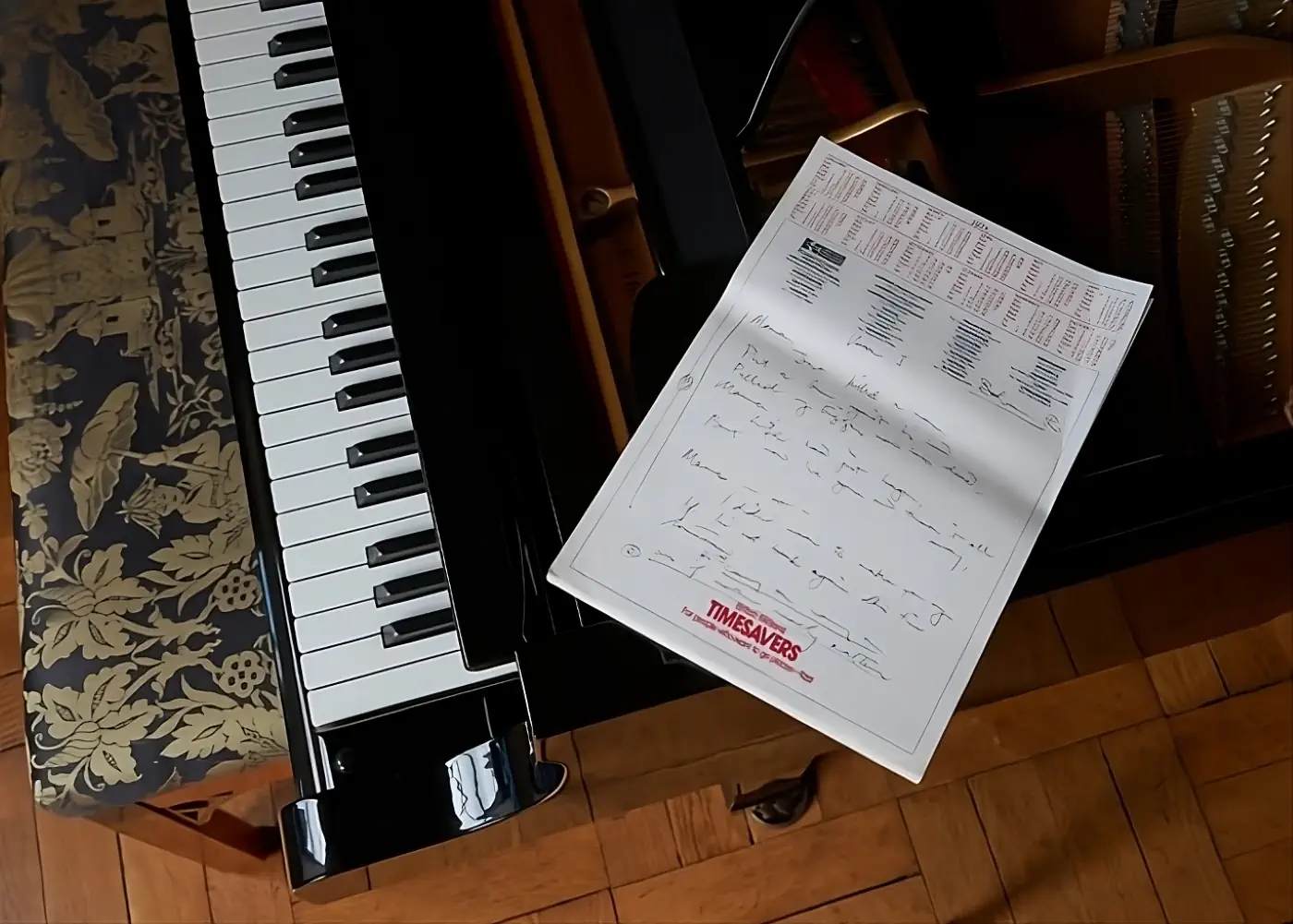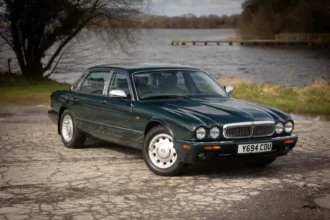Born Farrokh Bulsara, Freddie Mercury‘s musical journey began with his first instrument – the piano. As a child, he was introduced to the piano through lessons at St. Peter’s Boys School in Panchgari, India. In his youth, he was the pianist for his teenage band, The Hectics. Even after his arrival in England in 1964, the piano remained a constant, leading him to voice his creativity as the heart of Queen.
In 1975, the then rising star embarked on a quest, backed by music mogul Don Arden, to find the perfect piano – a stalwart companion to his music and a centerpiece in his home for the following sixteen years. The search was a result of Mercury’s expanding musical aspirations. His compositions called for a piano that would resonate with his creative core. Despite the band’s exposure to high-end pianos, Mercury desired a domestic-size piano for his personal use.

“He searched intensely, for weeks, in numerous stores,” recalls Mary Austin. But each time, Freddie returned frustrated and disappointed. Until one day, he came back home filled with excitement. He had found his perfect piano – a Yamaha G2, costing around £1,000.
The Yamaha G2, a baby grand, was among the handful of Yamaha pianos on the market at that time. “Freddie treated the Yamaha with absolute respect,” Austin emphasizes, “He considered it more than an instrument; it was an extension of himself, his vehicle of creativity.“

Built in Hamamatsu, Japan, the G2 sported an ebonised polyester case, square tapered legs, brass castors, and faux-ivory keys. Classical pianist Joseph Fleetwood notes that the piano was designed by Yamaha to compete with a Steinway, but with a lower price tag, yet the production techniques ensured it was still a quality instrument. Freddie Mercury loved its easy keyboard action, resounding sound, and elegant look.
Indeed, this piano played a crucial role in Freddie Mercury’s creative journey, aiding in the creation of his most ambitious song, “Bohemian Rhapsody,” in 1975. The rich sound of this new instrument undeniably pushed Freddie Mercury to embrace a broader grandeur and range.

From their first home together on Stafford Terrace to its final destination at Garden Lodge, the piano moved with Freddie and Mary. It was painstakingly positioned within the sitting room, each location deliberated before finally being settled in a shaded corner, a location that was ultimately agreed upon with a decisive, “Fuck it. Let’s put it here.”
The piano served as Mercury’s primary instrument at Garden Lodge. The open lid usually indicated a nearly finished song, while a closed one suggested the early stages of composing. Friends, collaborators, and even legendary soprano Monserrat Caballé gathered around this piano, witnessing impromptu performances that often stretched late into the night.

Mike Moran, music producer and a key collaborator in Freddie’s final years, experienced the magic of this instrument firsthand. They co-produced “The Great Pretender” and the album “Barcelona,” which was born from a memorable evening at Garden Lodge in 1987 where Caballé and Mercury played until 2.30 am.
From “Bohemian Rhapsody” to “Barcelona,” across genres from baroque to opera, this cherished black Yamaha baby grand piano has been at the center of an extraordinary story that transcends the realms of pop and rock music, serving as a muse for future generations. And just as Freddie Mercury had treated his beloved Yamaha with respect and care, its legacy continues to be a testament to the man’s unparalleled creativity and unwavering dedication to his craft.




© Photos: Sotherby’s
Click on this link to read this article in French version
















